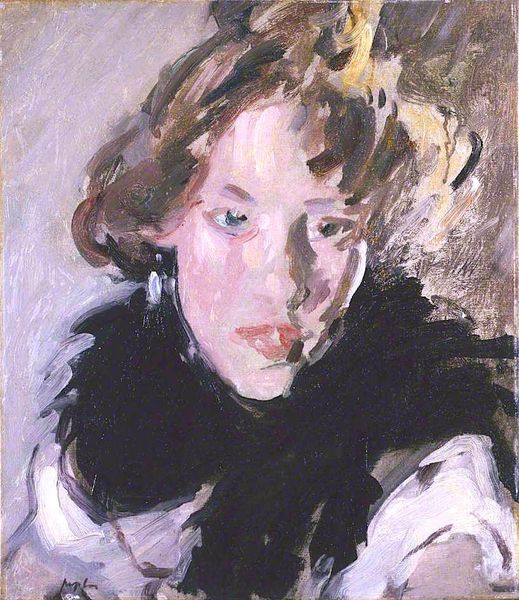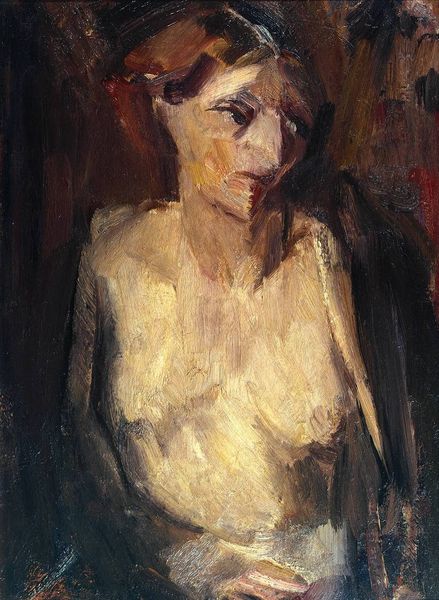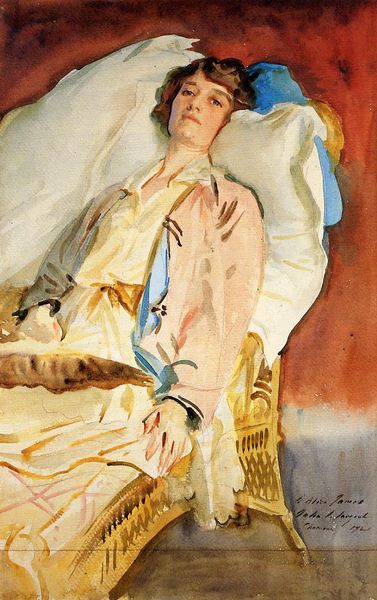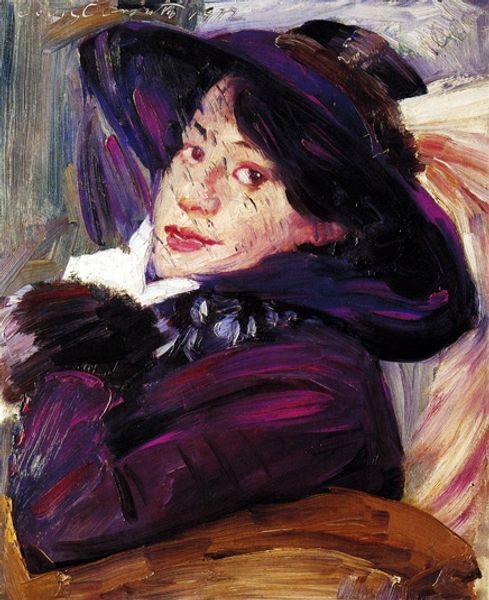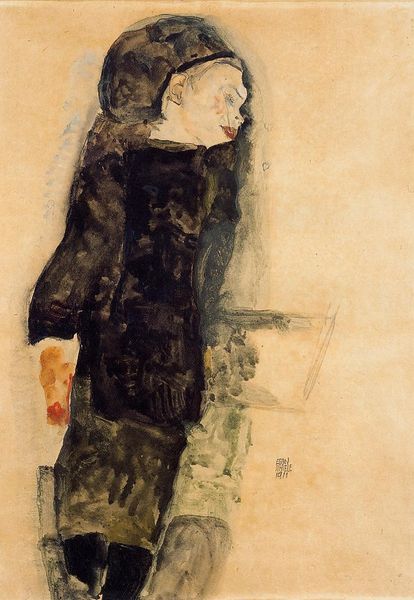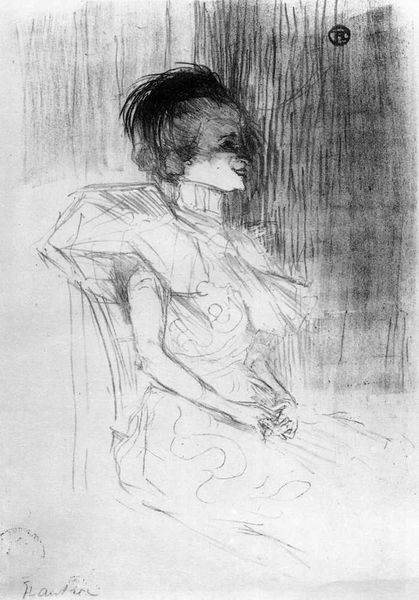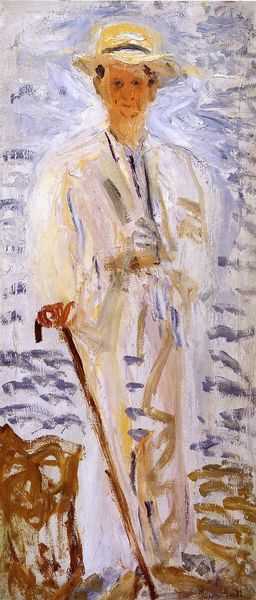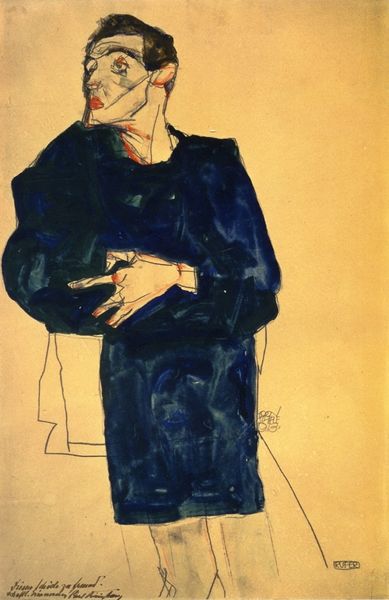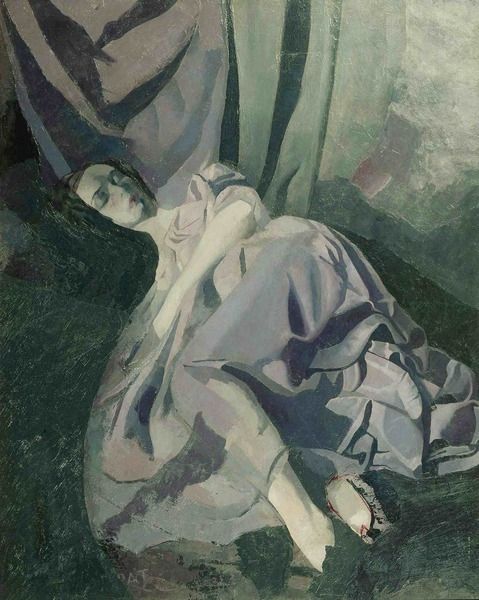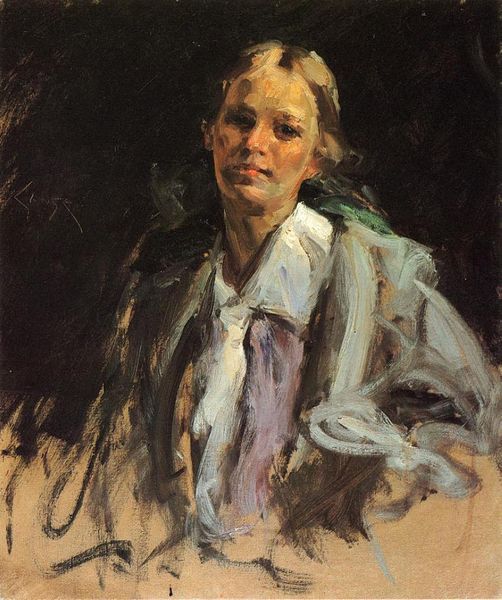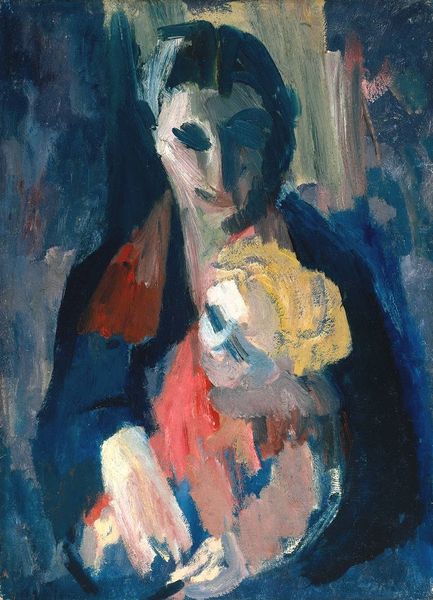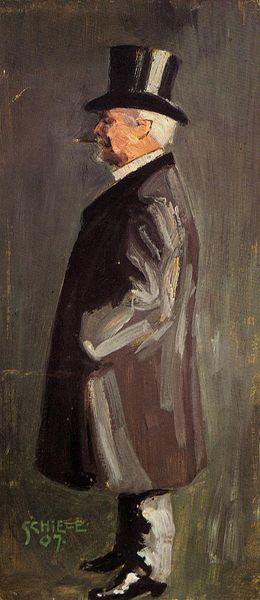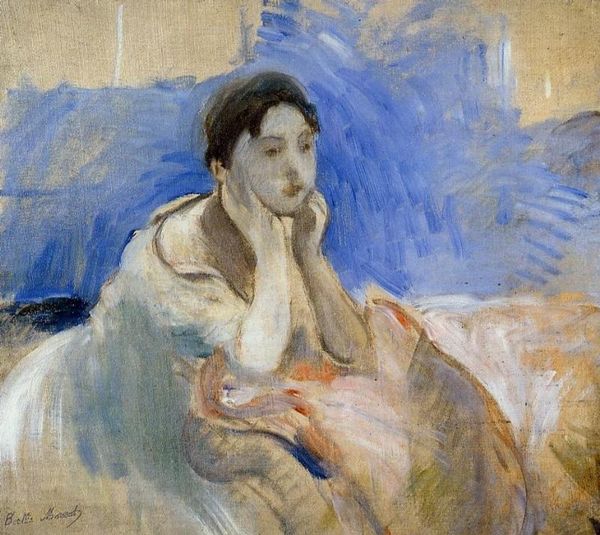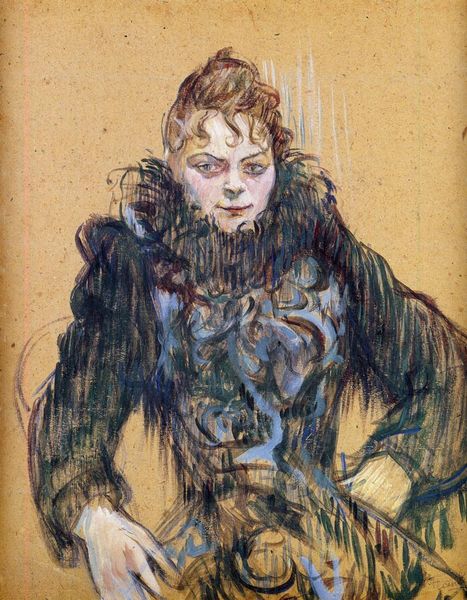
oil-paint
#
portrait
#
oil-paint
#
expressionism
#
nude
#
modernism
#
expressionist
Copyright: Public domain
Curator: Editor: So, this is Samuel Peploe's "Peggy McRae" from 1909, an oil painting on canvas. It feels so gestural, almost unfinished. What can we unpack from it? Curator: Well, notice how the expressive brushstrokes aren't just depicting a nude; they are _performing_ labor. What do you think Peploe’s choice of materials, this very loose application of oil paint, might suggest about his intentions here, in contrast to more academic nudes of the time? Editor: Hmm, so less about idealized beauty, more about…the act of painting itself? Is the roughness meant to challenge the commercial appeal, maybe? Curator: Exactly! The visible brushstrokes are foregrounded. It disrupts the commodity aspect usually expected in a nude. What does that rawness suggest about art production and access for audiences back then? Is it about an object or the *idea* of that object? Editor: Good point! People are so used to carefully rendered nudes and flawless portrayals; to then come face to face with this much visible material, the thick paint... Did it shift ideas about who art was _for_? I wonder what materials McRae wore? Were they common materials for nudes in this period? Curator: Precisely, think about it as a statement. The sketch-like quality pushes back on highly polished, commercially driven art. This isn’t about creating an object to be consumed as pure beauty, it’s more about engaging with the _process_ of making. How do you think its radical visual language would resonate at the time? Editor: It's really shifted how I see it; no longer about beauty, but labour! Now I’m thinking about the economics of art creation at the time. Curator: And that shift in perspective—examining art as production, not just representation—is the key to understanding its radical material context.
Comments
No comments
Be the first to comment and join the conversation on the ultimate creative platform.
